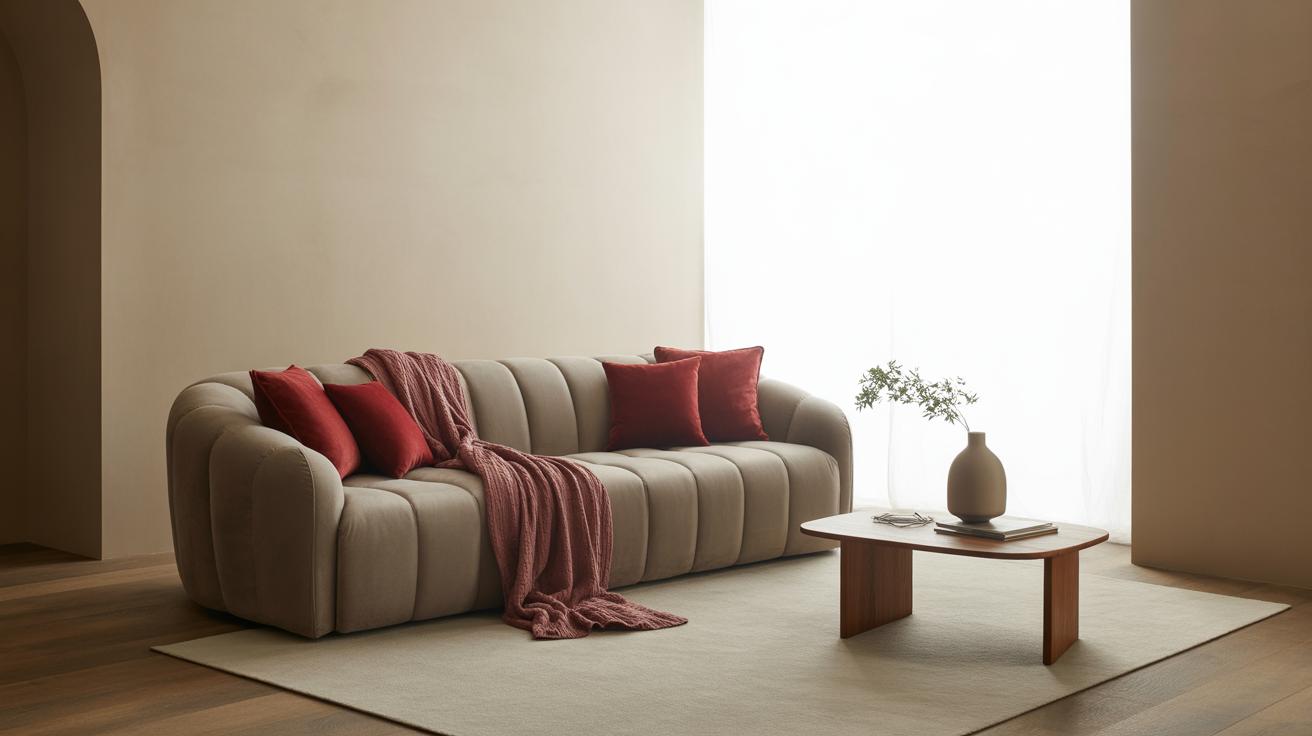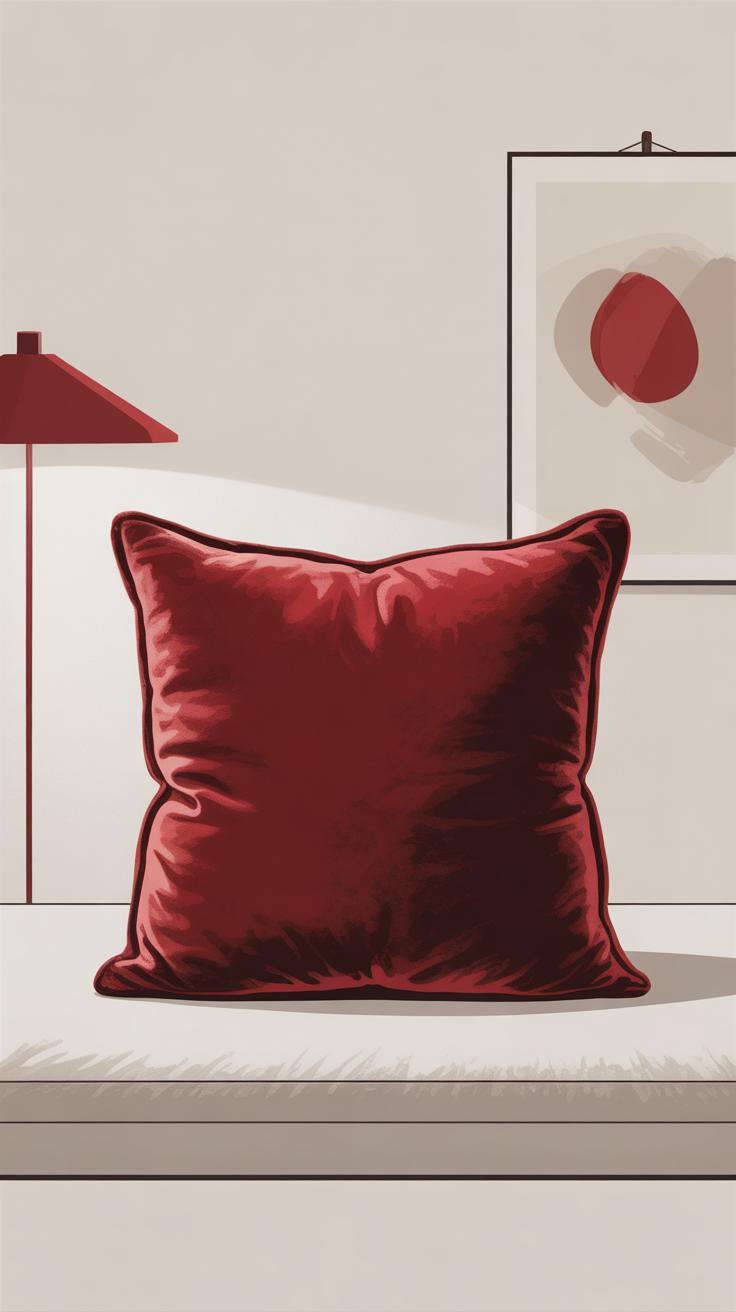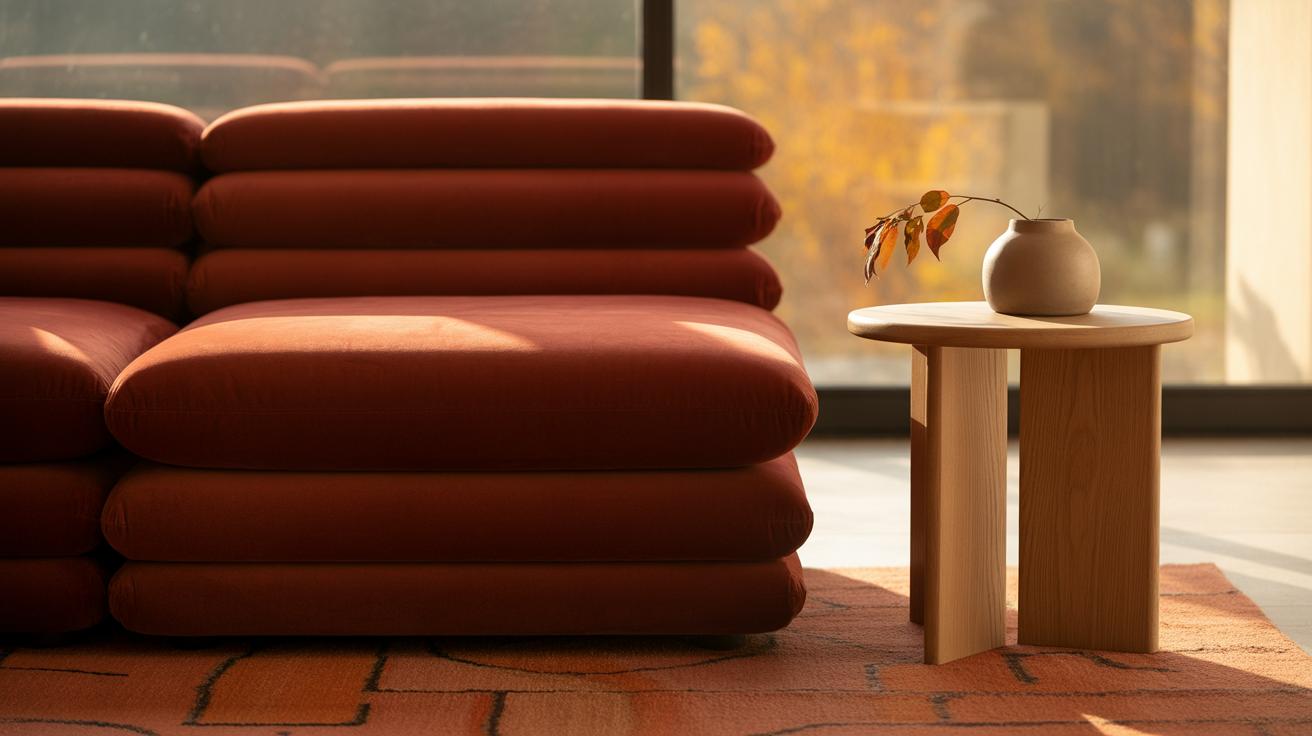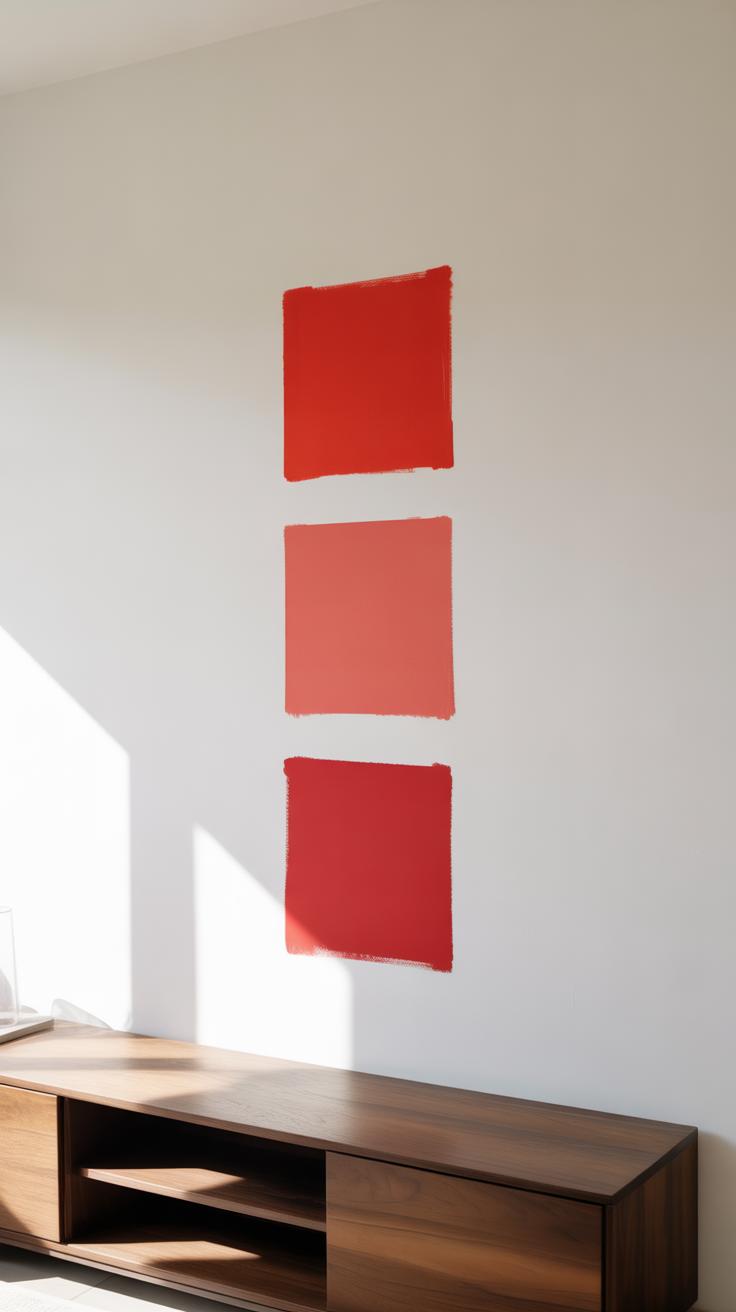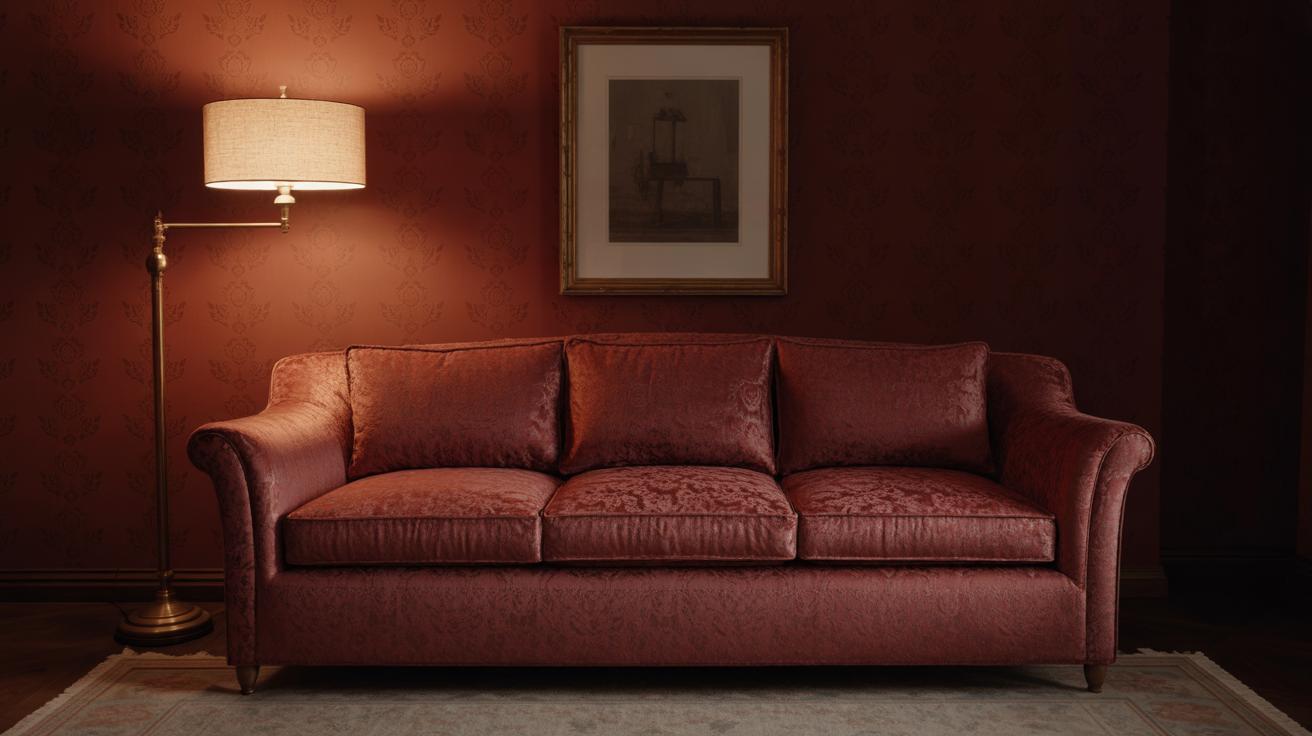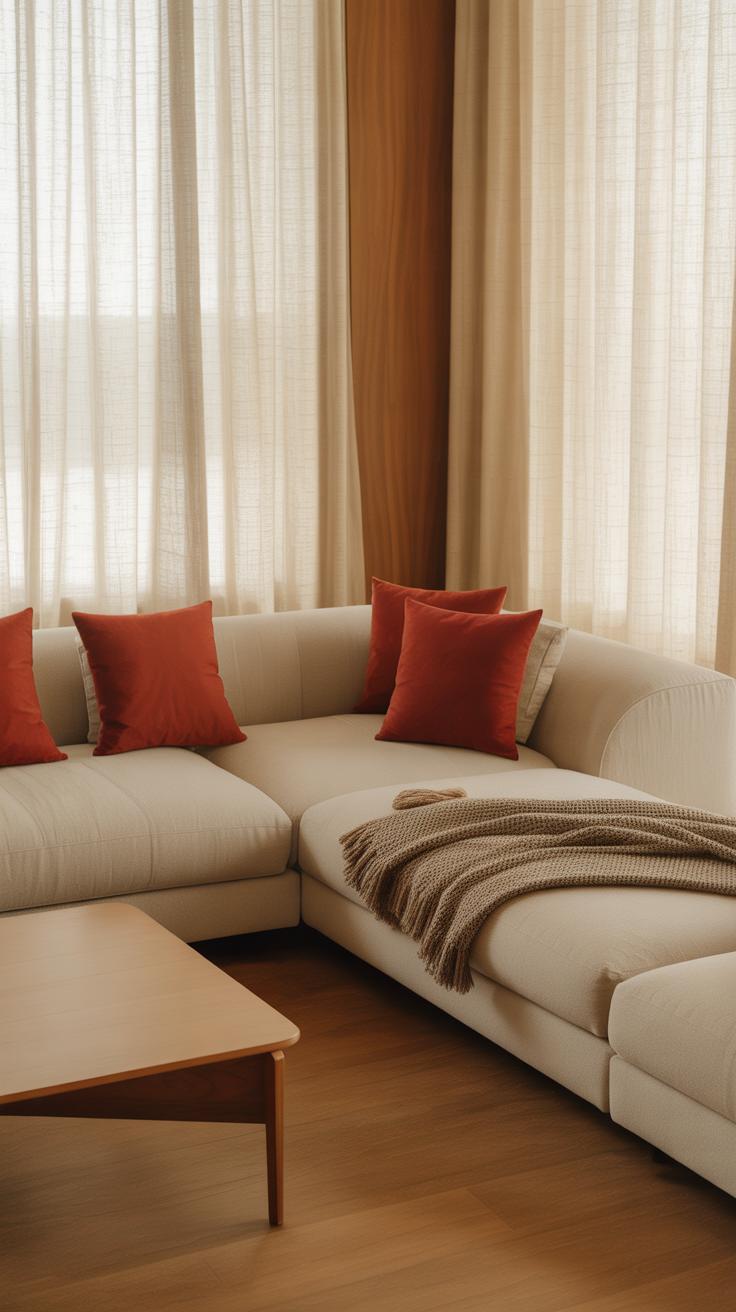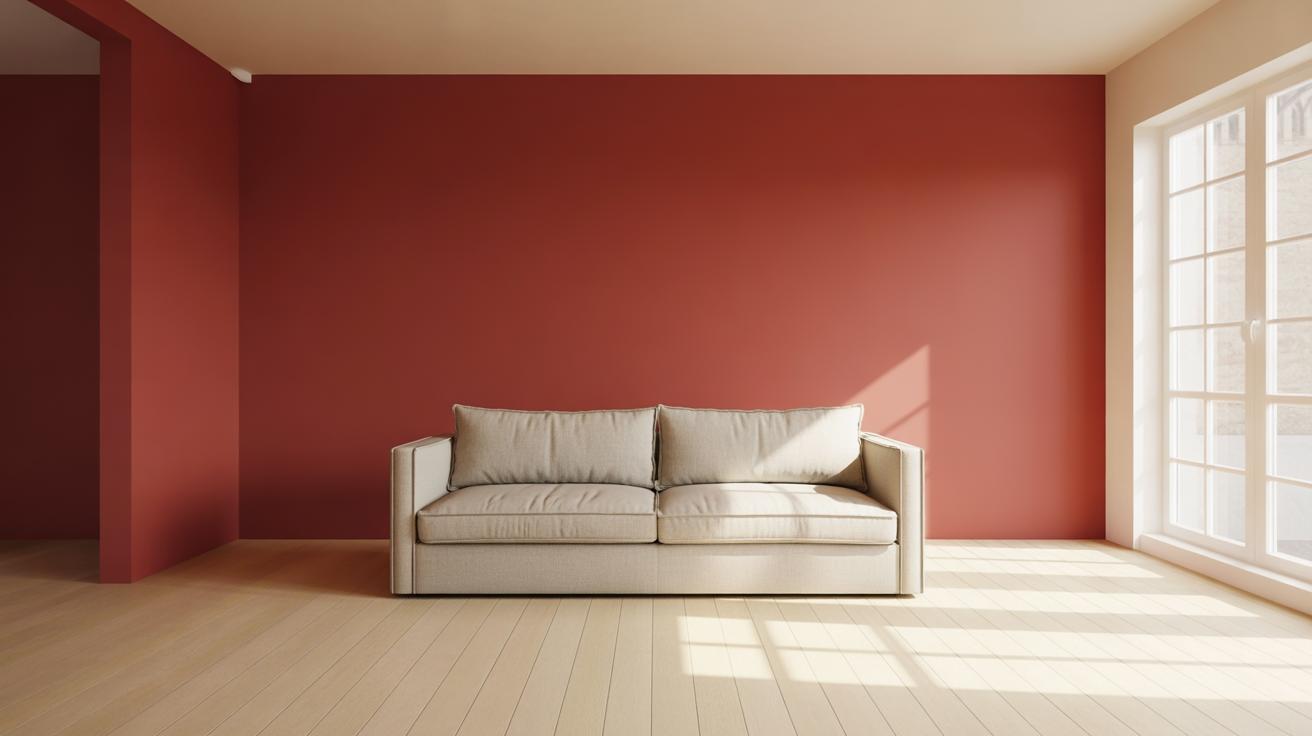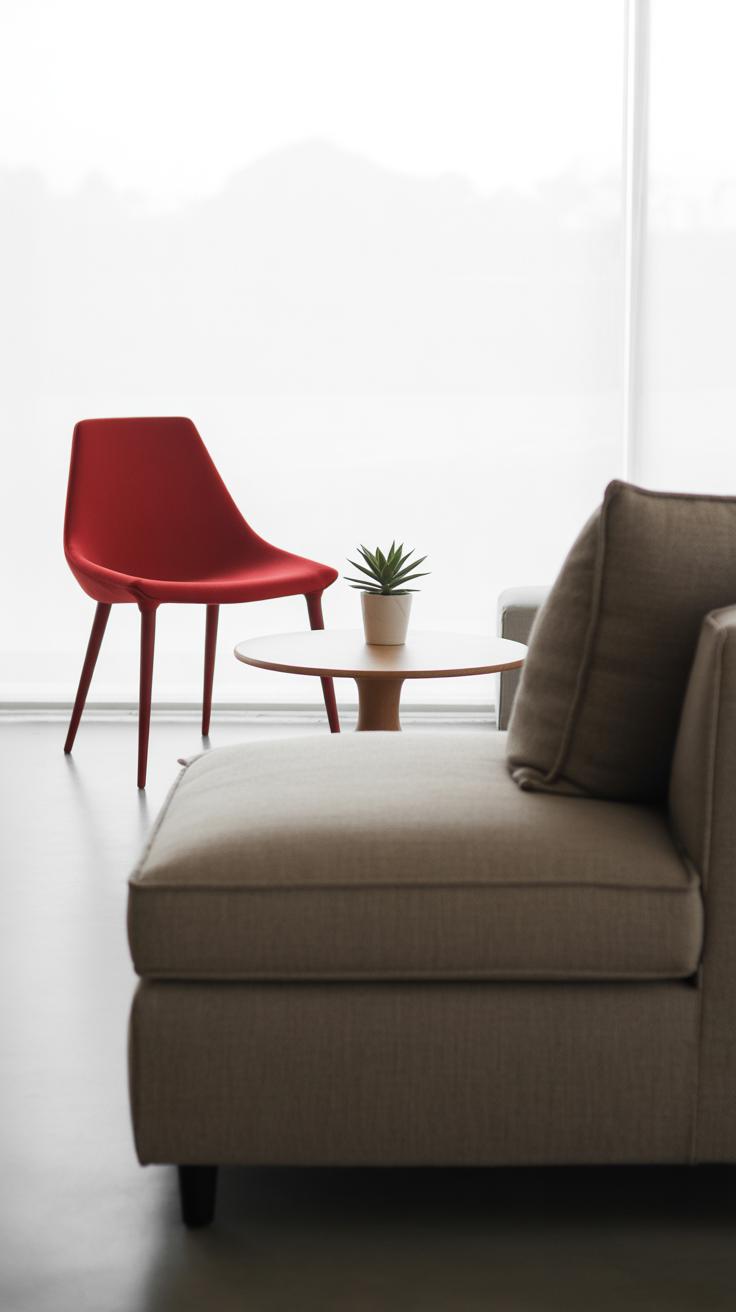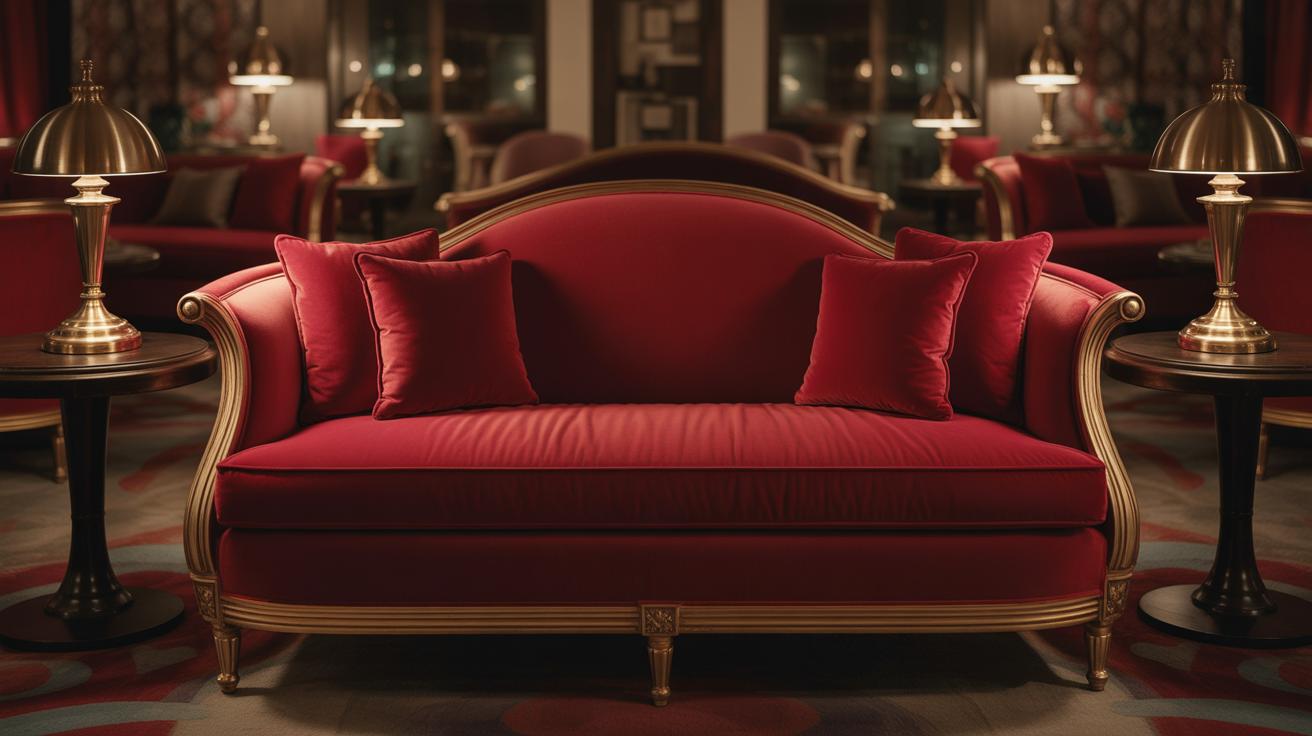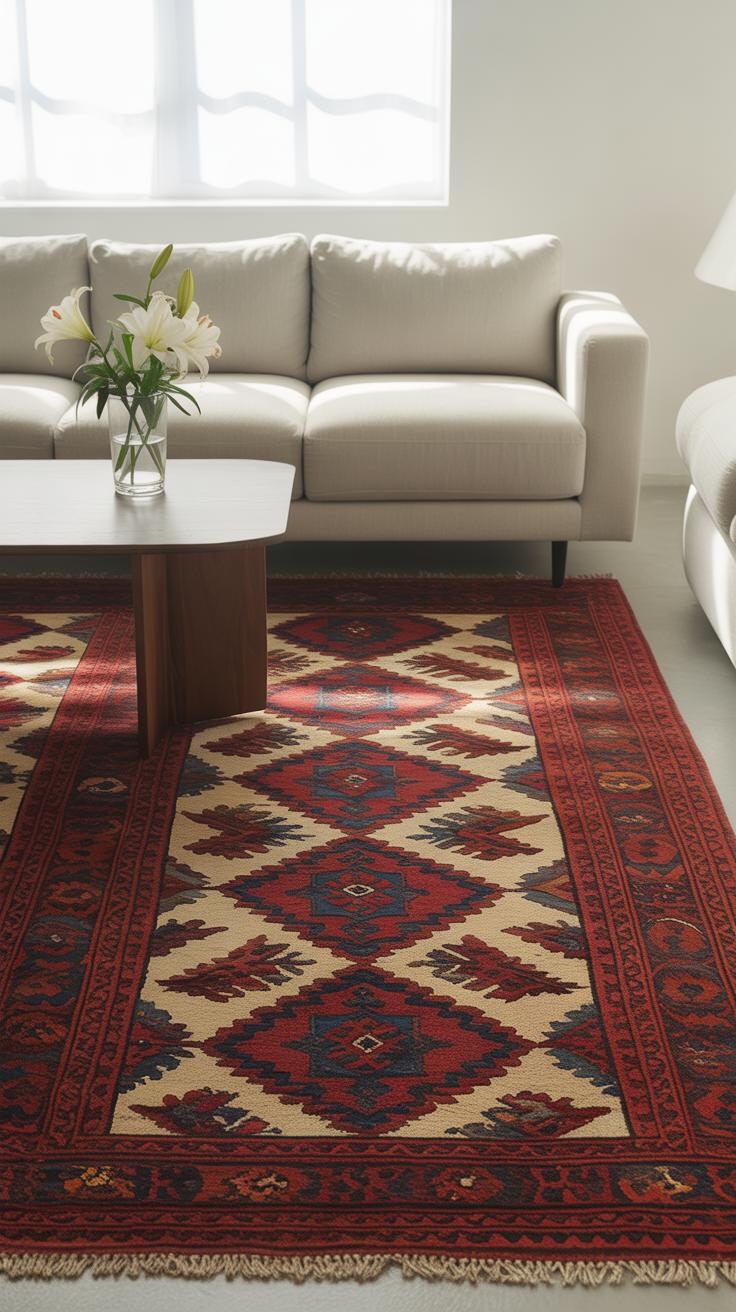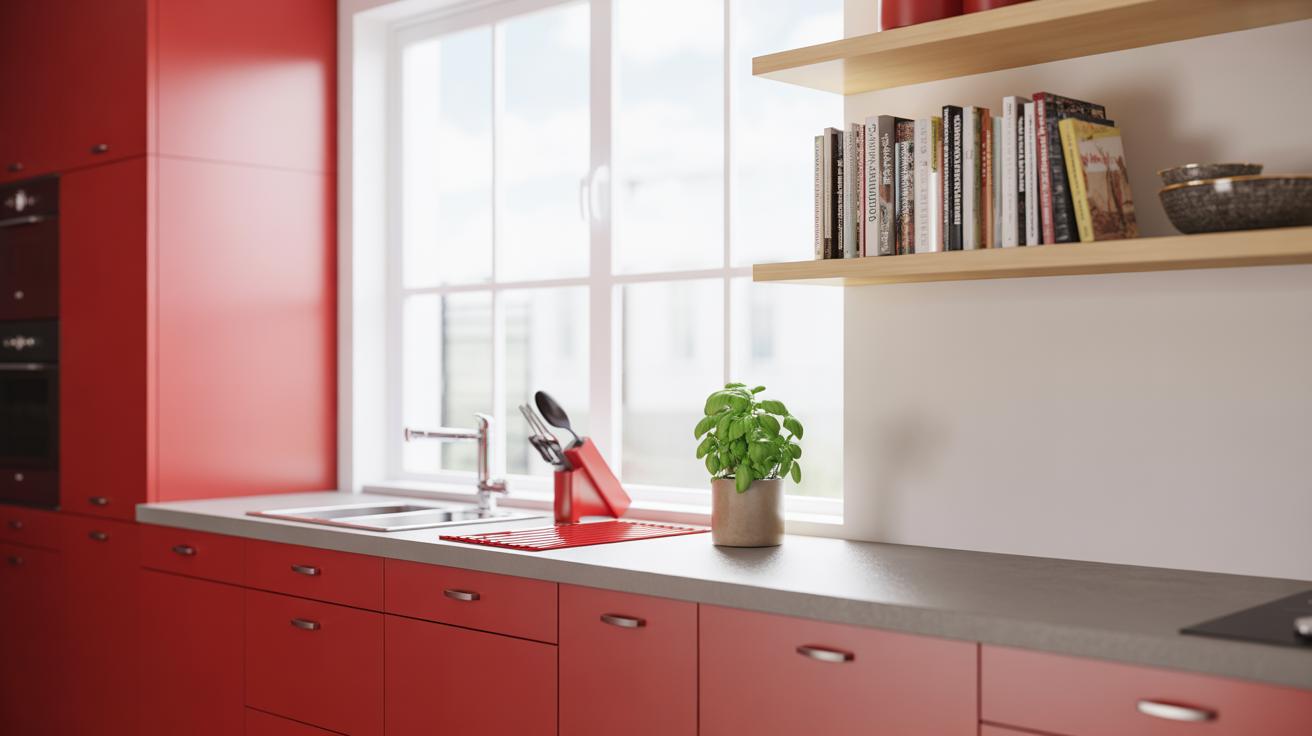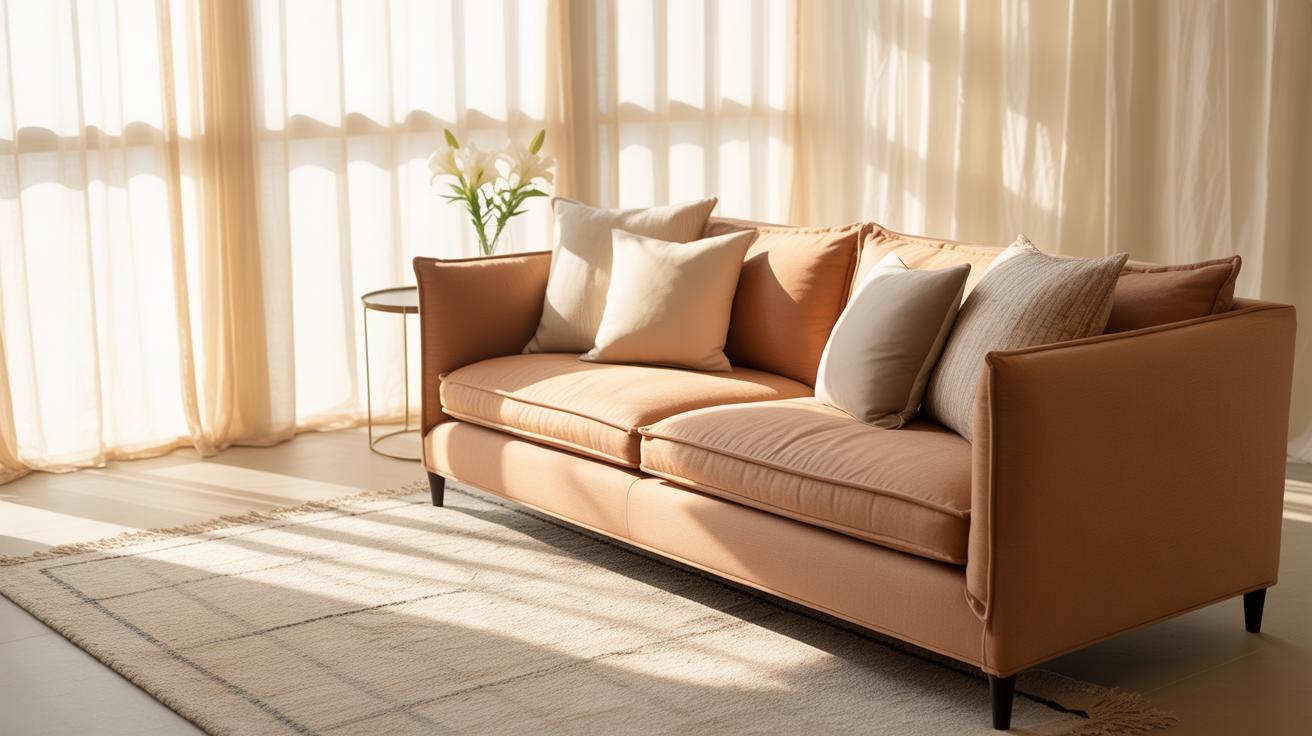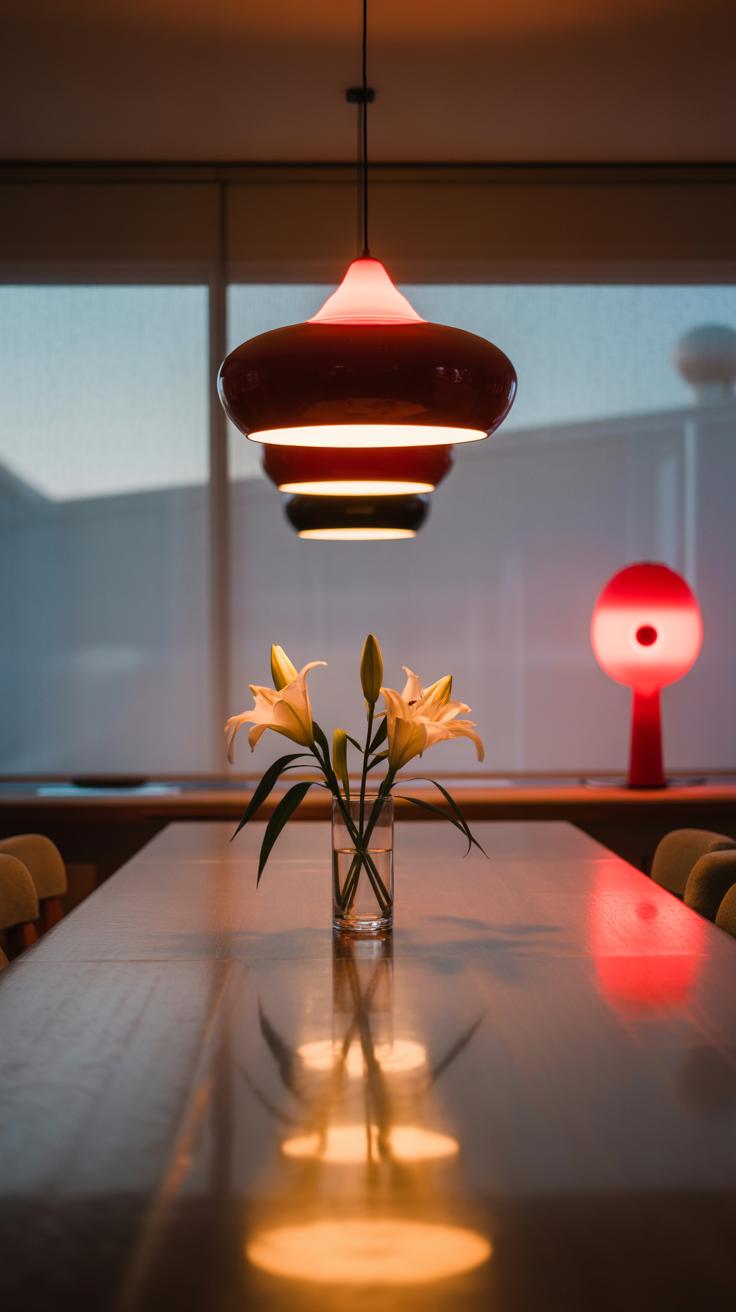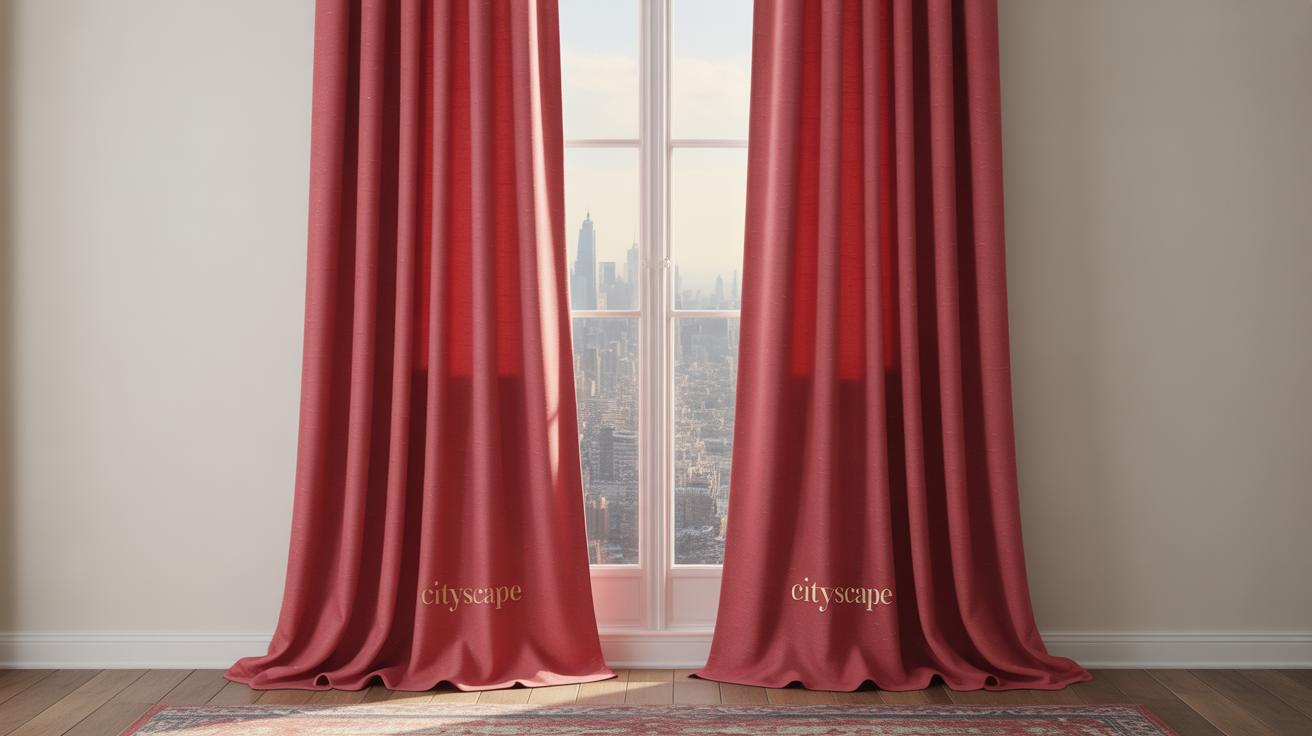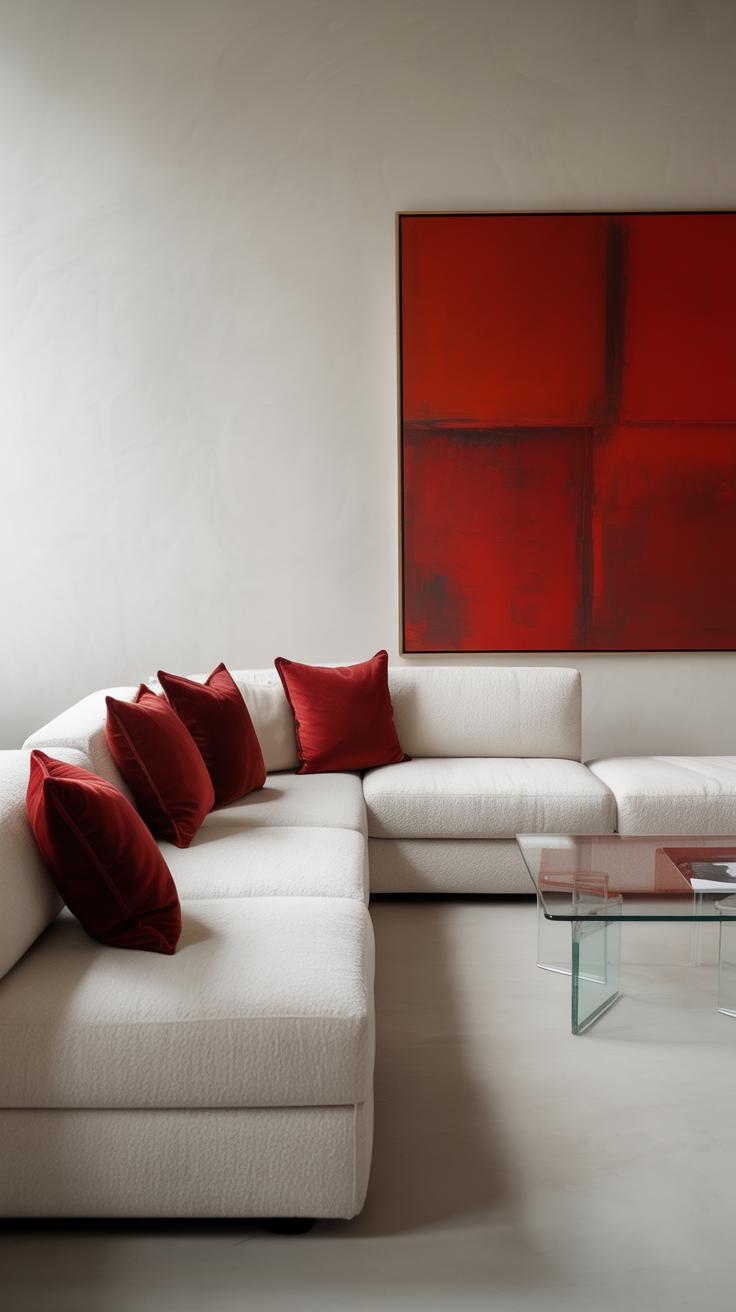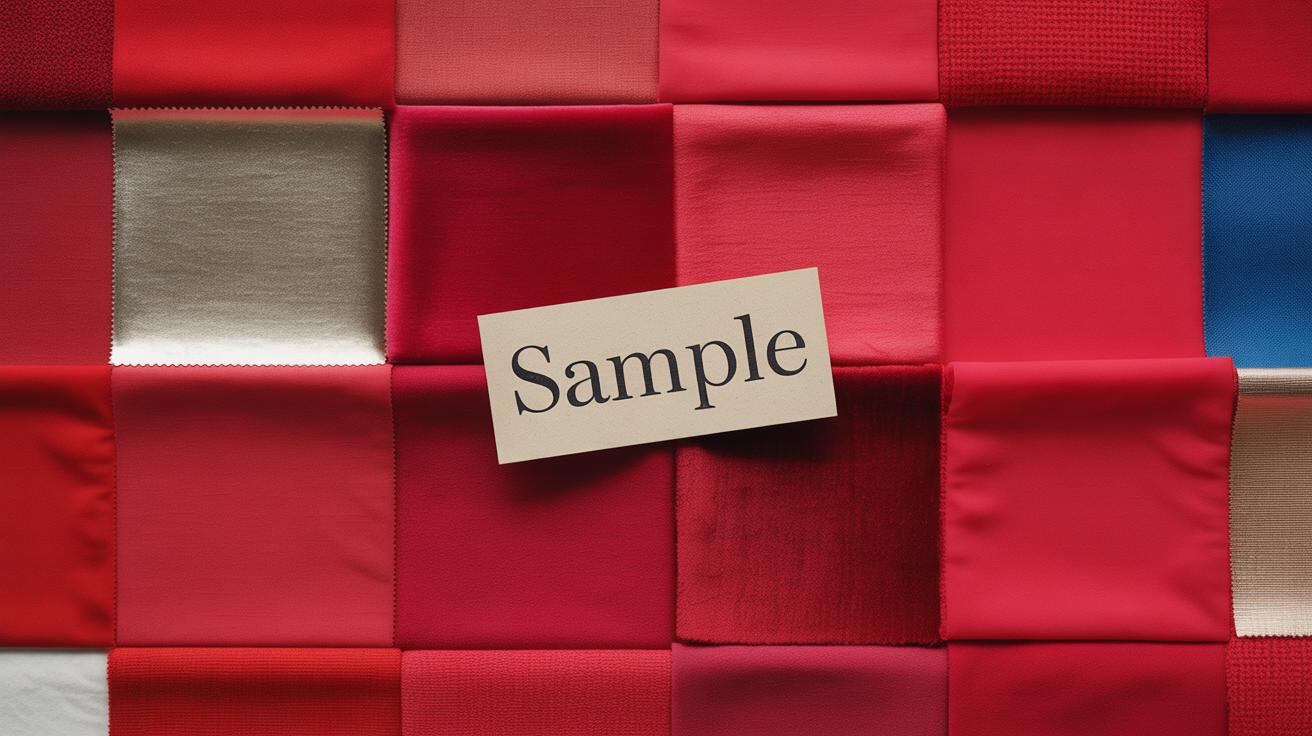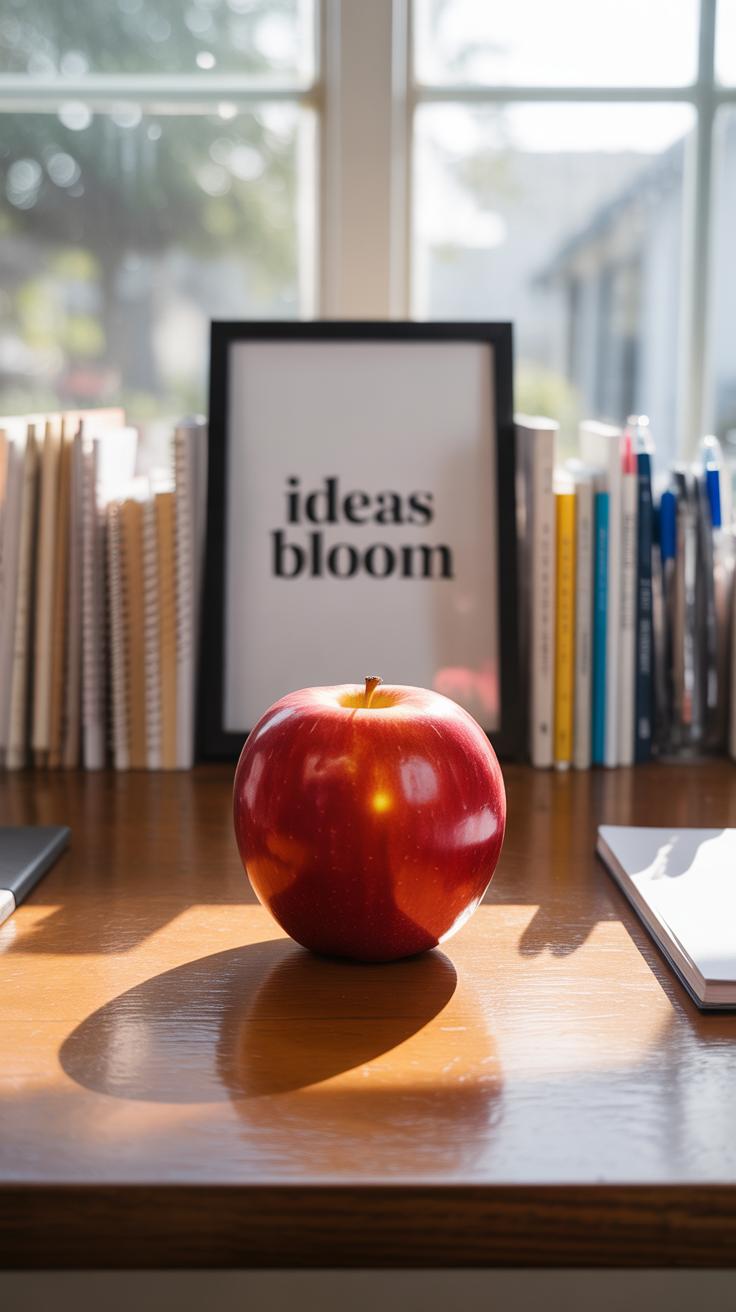Introduction
Red is a bold color that can bring warmth and energy to your living room. Using red in your living space can create a welcoming and exciting environment for your family and guests. This article explores various ideas for incorporating red into modern homes, focusing on practical and tasteful ways to use this vibrant color.
You will discover how to select the right shades of red, combine red with other colors, and use elements like furniture, walls, and accessories to create a red living room that suits your style. With these ideas, you can transform your living room into a lively and appealing area that feels comfortable and reflects modern design trends.
Understanding The Role Of Red In Living Room Design
The color red has a strong presence in any living space. In modern home design, red isn’t just about making a bold statement—it shapes the room’s energy and overall vibe. When you introduce red into your living room, you invite a distinct atmosphere that can feel both warm and stimulating.
Red is often chosen for living rooms because it grabs attention and sparks emotions. It can create a sense of intimacy or energize the space, depending on how it’s used. You might find that red fosters conversation and connection, making it ideal for areas meant for gathering and socializing.
The Psychology Behind Red
Red evokes a range of feelings. Most often, people associate it with warmth and excitement. It can make a room feel cozier, drawing people together, or add a rush of energy that keeps the space lively. Sometimes red triggers passion or urgency, which might be why it works so well in family rooms or social hubs.
Because red can lift the mood and encourage interaction, it fits naturally in living rooms. These spaces tend to be where family and friends meet, chat, and relax. The color’s stimulating effect can subtly invite more engagement and prevent the room from feeling dull or static.
Red In Modern Interior Design
Modern interiors treat red with a bit of restraint and creativity. It’s rarely an all-over wall color. Instead, you’ll see red as a splash of excitement in furniture, cushions, rugs, or artwork. Designers mix red with neutral palettes—think soft grays or crisp whites—to balance its intensity.
Modern design values clean lines and minimal clutter. Red here isn’t overpowering but acts as a focal point or accent. Sometimes it’s paired with surprising elements—metallic finishes or matte textures—to give the room depth and sophistication. Using red strategically this way provides a fresh take on a seemingly bold color.
Selecting The Perfect Shade Of Red For Your Living Room
Choosing the right red for your living room isn’t as straightforward as it might seem. The size of your space, the amount of natural light, and your overall style all affect which red works best. For instance, a small living room with limited sunlight might feel cramped with a bright red wall, but that same shade can energize a larger, sunlit room.
When it comes to bright reds, they tend to demand attention. These reds can make a feature wall pop or highlight a vibrant piece of furniture. They bring energy and optimism, but you might want to use them sparingly in small rooms — they can feel overwhelming.
Deep reds, on the other hand, lean toward coziness. They create a grounded, intimate atmosphere and work well in rooms where you want to encourage relaxation or conversation. Think of a modern living room with dark wood floors and soft lighting—deep red fits right in.
Muted reds are a different animal. They’re less about making a statement and more about warmth with subtlety. These shades work well in minimalist spaces or where the goal is calmness rather than drama. A soft terracotta or dustier rose could warm up a neutral palette without shouting for attention.
So, when choosing, ask yourself: What mood do I want? Will the room get enough light to handle this intensity? And importantly, does this red feel right next to the furniture and finishes you already have? Sometimes, it’s about trying out a few swatches on the wall and living with them for a day or two before deciding.
Balancing Red With Complementary Colors
Red can feel overwhelming if used alone, so pairing it with neutrals like white, gray, or beige often helps calm things down. For example, a rich red wall works well against crisp white trim or soft beige sofas. It’s like the red pops but doesn’t scream at you. Gray, especially cooler tones, adds a modern edge without dulling the warmth of red. Sometimes, I found that even a bit of textured gray—like a concrete-style accent wall—gives depth and balances out the intensity.
Neutrals don’t just tone down red. They also give you breathing room, encouraging your eye to rest. Think of white cushions on a red chair or beige rugs under a red coffee table. These combinations soften the overall vibe while keeping things contemporary. You might try pairing a deep red velvet sofa with a pale gray wall and light wood furniture for a calm but interesting contrast.
Accent colors can add a fresh twist. Gold, for example, pairs beautifully with red, bringing a subtle shine and feeling a bit luxurious. A gold side table or picture frame near red curtains can lift the room’s energy without going overboard. Green, on the other hand, offers a natural counterbalance. Olive or muted greens work best rather than bright kelly green, which can clash. A few green plants or a green throw pillow could quietly balance red’s boldness and add depth.
Here are some practical points to consider:
- Use large neutral surfaces as the base—walls, flooring, or big furniture pieces.
- Add red in measured doses, like an accent wall or key furniture piece.
- Pick one or two accent colors, and limit their use to accessories for harmony.
- Experiment with textures; a red velvet cushion feels different than red linen.
- Don’t be afraid to adjust by moving things around to see what feels right—it’s rarely perfect the first time.
Would you want your red living room to feel warm and inviting or bold but still grounded? How you balance these colors might change how comfortable you feel spending time in that space.
Incorporating Red Through Furniture
Red Sofas And Chairs
A red sofa or chair instantly grabs attention. It almost demands the room’s focus, making it a natural centerpiece. When choosing a red piece for a modern living room, think about the shape carefully. Clean lines and minimalistic forms often keep the look sharp and fresh, while rounded or tufted styles can add warmth but risk feeling outdated if not balanced well.
Fabric choice plays a big role too. Velvet or suede create a rich, tactile experience that can feel cozy yet stylish. On the other hand, smoother textiles like leather can bring a sleek, contemporary vibe but might feel a bit severe or even cold if the room lacks softness elsewhere.
Think about your space. Does a bold red sofa energize it, or does it overwhelm? Sometimes, a single chair offers just enough color punch without dominating the whole room. Red furniture can be a statement, but its style and fabric set the tone—make sure it’s one you actually want to live with every day.
Using Red Cushions And Throws
If a full red sofa feels too much, cushions and throws offer easier entry points for red. They’re small, movable touches that add warmth and interest. You can scatter red cushions with varied textures—like knitted wool, silk, or cotton—to create layers without crowding the visual space.
Throws in red work well draped over neutral sofas or chairs, giving an instant refresh that’s both functional and stylish. Plus, you can switch them out seasonally or as tastes change, which is a relief for those who hesitate to commit to bold colors.
By mixing reds in small doses, you control how much energy the room holds. Red cushions and throws can pull the entire look together, connecting a hint of color with other elements, without making the room feel aggressive. Maybe this is the way to test if red fits your living room vibe before going bigger.
Using Red On Walls And Floors
Red on walls and floors can instantly change a living room’s mood, but it’s easy to go too far and overwhelm the space. If you want to bring red into your walls without feeling like you’ve stepped into a firetruck, consider using muted or dusty shades. These versions of red—think terracotta or brick—add depth without dominating the room.
Wallpaper can be a subtle way to introduce pattern and texture alongside red hues. A wallpaper with red accents mixed with neutrals or metallics can prevent the color from feeling too heavy. Maybe try it on just one wall or even a smaller niche to hint at red without it taking over completely.
Red Accent Walls
Choosing one wall as an accent with red paint is a classic move. You don’t even need the brightest red; deep cherry or wine tones can make the space feel cozy and layered. I’ve seen rooms where a red accent wall behind a sofa acted almost like a backdrop, framing the furniture rather than competing with it.
Modern takes on accent walls include using matte finishes or combining red paint with unique textures like plaster, concrete, or even wood paneling. Some prefer to paint only the lower half of the wall red, creating an unexpected division that’s stylish without being loud. It’s about balance and knowing where your eye should land.
Red Rugs And Flooring Options
Red rugs offer a different kind of anchor in the room. They ground the space in warmth and softness, especially if the flooring underneath is wood or neutral tile. Persian or oriental-style rugs in rich reds bring history and character, while more modern geometric patterns in red can add a bit of edge.
If you’re feeling brave with flooring, red-stained wood or terrazzo floors with red flecks are an option. They can feel fresh and bold but require pairing with lighter walls and minimalist furniture. You don’t want the room to close in on you. It’s a bit like walking a line between boldness and comfort.
What’s the room’s size? Natural light? These factors definitely weigh into whether red on walls or floors will look inviting or simply overpowering. Sometimes, less really is more—small doses of red can speak louder than an entire wall painted crimson.
Lighting And Accessories For Red Living Rooms
Lighting plays a big role in how red appears in your living room. Choosing the right kind can make red feel warm and inviting instead of overwhelming. For red tones, soft white bulbs tend to work best, usually around 2700K to 3000K. They help mellow out bright reds without washing them out. You might want to avoid cool, bluish lights that can clash or make red look harsher than it actually is.
Mix different light sources rather than relying on just one. Floor lamps with fabric shades soften the glow, while directional spotlights can highlight red artwork or vases without creating glare. If your room feels too intense, some dimmable fixtures give you control over the mood, which often makes a huge difference.
Accessories are really where personality sneaks in. Small red elements like cushions or ceramic vases can tie the room together without shouting. Or think about adding items in complementary hues, like muted greens or soft grays; they help balance the boldness of red and keep the space from feeling one-note.
Artwork can do more than decorate—it can anchor your color scheme. A framed print with touches of red, black, or even gold spices up the walls while echoing the room’s theme. Lamps, too, don’t have to be neutral. A lamp with a red base or shade offers a subtle resonance. Of course, this depends on your style and how much red you want to showcase. Sometimes less really is more.
Maintaining Balance And Comfort In A Red Living Room
Limiting Red To Prevent Overwhelm
Red is bold. Too much can feel intense, even tiring. The trick is to use red thoughtfully, not as a flood but more like a strong accent. You might start with a single red wall or a couple of red furnishings instead of painting the whole room. Smaller touches—a cushion, a rug, or a piece of art—can add warmth without shouting.
Think about how you feel when surrounded by red. Does it energize or exhaust you? Some people find red motivating, others, a bit overwhelming. So tailor the intensity and quantity of red in your space to your own comfort level—it doesn’t have to be all or nothing.
- Use red on one dominant element, like a sofa or an accent wall.
- Pair red with neutral colors like soft grays, creams, or even pale wood tones.
- Break up red areas with plenty of open space or lighter accessories.
Adding Texture And Contrast
Rather than relying on color alone, mix in textures to soften—or even highlight—the red. Textured materials like velvet, wool, or natural fibers change how red feels. They invite touch and break monotony, which can make the room more relaxing, oddly enough.
Contrast plays a big role too. A smooth leather red chair looks very different from a red knitted throw. Mixing these surfaces alongside cooler rigid materials—metal, glass, or matte ceramics—lets your eyes rest. That contrast can prevent the space from feeling flat or overstimulating.
- Combine soft textiles with harder finishes around red areas.
- Try layering rugs or cushions with different textures.
- Use subtle contrasts in color and finish to create depth without extra brightness.
Balancing red isn’t just about what you see but how the room feels. When you add texture and control how much red is present, the space becomes inviting rather than overpowering. It’s a fine line, but worth the effort for a room you actually want to spend time in.
Inspiration From Real Modern Red Living Rooms
Bold And Bright Red Rooms
Some modern homes take red and run with it—walls, sofas, even rugs drenched in bold reds. One living room I saw recently had a fiery red accent wall paired with white leather furniture and sleek black fixtures. The contrast cuts through the intensity, making the room lively but not overwhelming. Bright lighting helped balance the energy too, stopping the red from feeling oppressive or dark.
Another example used red velvet chairs as focal points against neutral walls and hardwood floors. The pop of red brought energy but stayed tasteful since the rest of the room was kept simple. It makes you wonder: could you handle that much red? Or does it feel like too much in a daily space? For some, the key seems to be breaking up red with neutrals and clean lines, so the room stays full of life but feels intentional, not chaotic.
Subtle And Sophisticated Red Rooms
On the opposite end, some spaces hide red in plain sight. Instead of shouting, these rooms whisper their red presence through deep, muted tones—think burgundy walls or soft brick-colored sofas. One living room featured a dusty red accent chair and matching throw pillows, paired with gray walls and natural wood. It felt quiet, grown-up, a space you might actually want to spend hours in.
Another home used red in a different way—low saturation reds in artwork and curtains, paired with plenty of natural light and pale flooring. The effect was sophisticated without feeling stifling. These rooms tend to lean on texture and layering to keep red from seeming flat or dull. It’s less about energy, more about mood—a room that invites calm with a subtle warmth.
Both approaches push the idea of red beyond the obvious. You might find yourself drawn to the boldness or the restraint. Neither feels right or wrong—just different ways to make red work in a modern living room. Which one fits your style? That’s the real question.
Conclusions
Your living room is a place to relax and connect. Red, when used thoughtfully, can make the room feel lively and inviting without overwhelming the senses. By choosing the right shades and pairing red with complementary tones, you can avoid common pitfalls and achieve a balanced look.
Remember to consider your room’s lighting and furniture when adding red, and use accessories to add accents. Try different textures and materials to bring depth and interest. With these tips, you will create a modern red living room that fits your personality and makes your home a special place.

